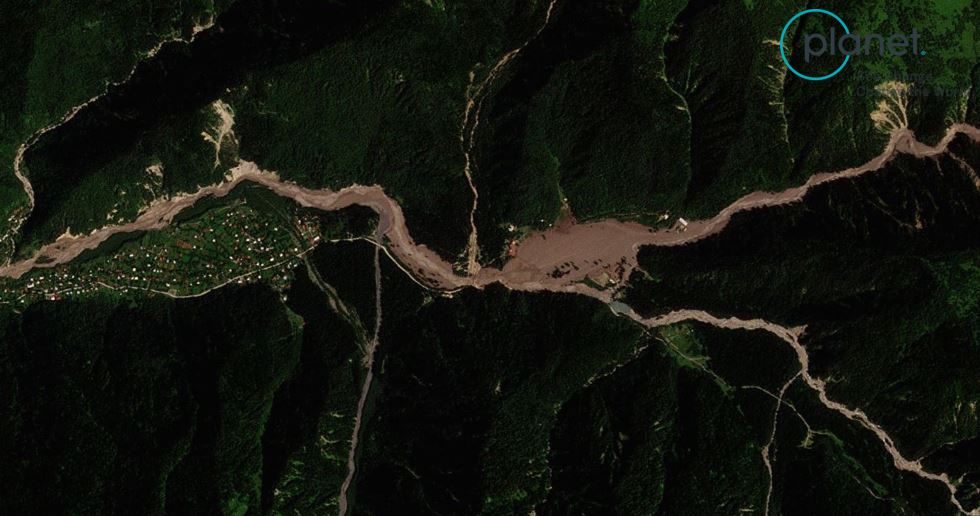A new study unearths geological evidence that corroborates historical accounts of large earthquakes along the Kura fold-thrust belt.
Georgia
Posted inThe Landslide Blog
New images of the 3 August 2023 Shovi landslide
Satellite and terrestrial images are casting light on the Shovi landslide in Georgia.
Posted inThe Landslide Blog
The 4 August 2023 debris flow at Shovi in Georgia
The 4 August 2023 catastrophic debris flow that destroyed Shovi in Georgia started as a rockslide high in the mountains above the town.



